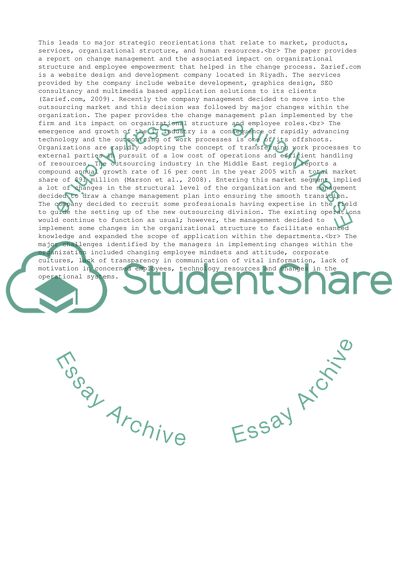Cite this document
(Change and Implications for Empowerment: Zarief Case Study, n.d.)
Change and Implications for Empowerment: Zarief Case Study. Retrieved from https://studentshare.org/management/1729506-examination-of-change-and-implications-for-empowerment
Change and Implications for Empowerment: Zarief Case Study. Retrieved from https://studentshare.org/management/1729506-examination-of-change-and-implications-for-empowerment
(Change and Implications for Empowerment: Zarief Case Study)
Change and Implications for Empowerment: Zarief Case Study. https://studentshare.org/management/1729506-examination-of-change-and-implications-for-empowerment.
Change and Implications for Empowerment: Zarief Case Study. https://studentshare.org/management/1729506-examination-of-change-and-implications-for-empowerment.
“Change and Implications for Empowerment: Zarief Case Study”, n.d. https://studentshare.org/management/1729506-examination-of-change-and-implications-for-empowerment.


